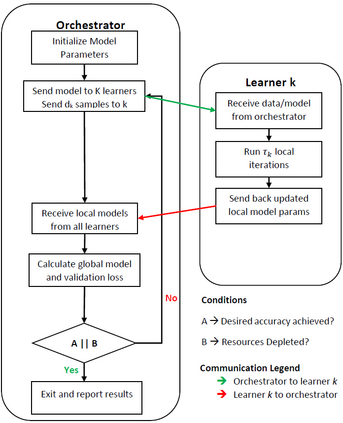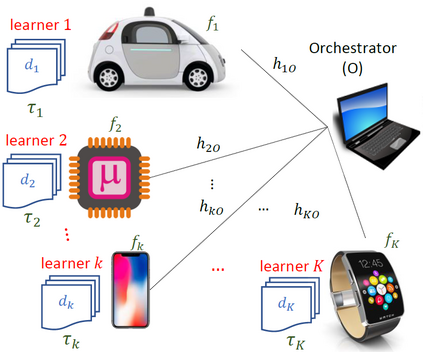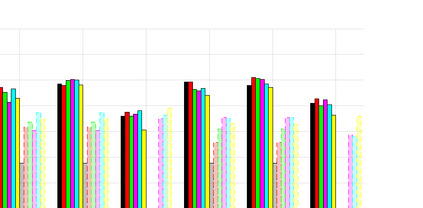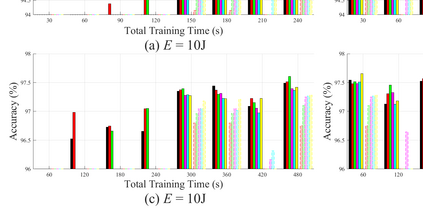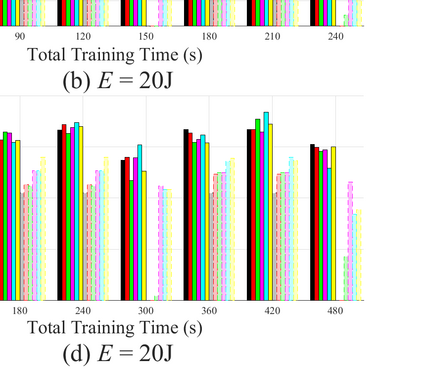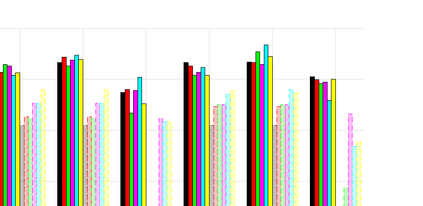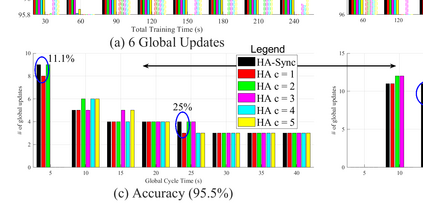This paper extends the paradigm of "mobile edge learning (MEL)" by designing an optimal task allocation scheme for training a machine learning model in an asynchronous manner across mutiple edge nodes or learners connected via a resource-constrained wireless edge network. The optimization is done such that the portion of the task allotted to each learner is completed within a given global delay constraint and a local maximum energy consumption limit. The time and energy consumed are related directly to the heterogeneous communication and computational capabilities of the learners; i.e. the proposed model is heterogeneity aware (HA). Because the resulting optimization is an NP-hard quadratically-constrained integer linear program (QCILP), a two-step suggest-and-improve (SAI) solution is proposed based on using the solution of the relaxed synchronous problem to obtain the solution to the asynchronous problem. The proposed HA asynchronous (HA-Asyn) approach is compared against the HA synchronous (HA-Sync) scheme and the heterogeneity unaware (HU) equal batch allocation scheme. Results from a system of 20 learners tested for various completion time and energy consumption constraints show that the proposed HA-Asyn method works better than the HU synchronous/asynchronous (HU-Sync/Asyn) approach and can provide gains of up-to 25\% compared to the HA-Sync scheme.
翻译:本文扩展了“移动边缘学习(MEL)”的范式,为此设计了一个最佳任务分配计划,对通过资源受限制的无线边缘网络连接的混合边缘节点或学习者以非同步的方式对机器学习模式进行培训,从而通过一个不受资源限制的无线边缘网点或学习者进行不同步的方式,从而将“移动边缘学习(MEL)”的模式扩展为“移动边缘学习(MEL)”的范式,优化的办法是,使分配给每个学习者的任务部分在一个特定的全球延迟限制和当地最大能源消耗限度内完成;时间和能量消耗与学习者的不同通信和计算能力直接相关;即,拟议的模型是异质性(HA-Syn)办法和异性(HA-S-S-Connal-Contractal-Conline 方案)的优化,这是一个两步建议-建议-和优化(SAI)解决办法,其基础是使用放松同步问题的解决办法,以获得无节制问题的解决办法。 拟议的HA-HA-HI-HS-S-S-S-HI-S-S-S-S-S-C-S-S-S-S-S-S-S-S-S-S-S-Sl-SL-S-S-S-S-S-S-S-S-S-S-S-S-S-S-S-S-S-S-S-S-S-S-S-S-S-S-S-S-S-S-SL-S-S-SL-S-S-SL-S-S-S-S-S-S-S-S-S-S-S-S-S-S-S-S-S-S-S-S-S-S-S-S-S-S-S-S-S-S-S-S-S-S-S-S-S-S-S-S-S-S-S-S-S-S-S-S-S-S-S-S-S-S-S-S-S-S-S-S-S-S-S-S-S-S-S-S-S-S-S-S-S-S-S


